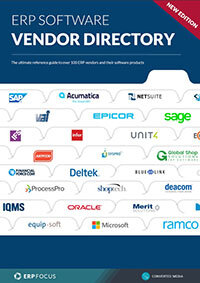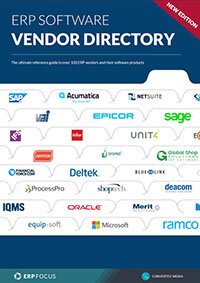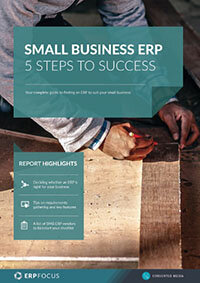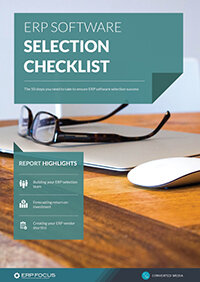What to look for in a good retail stock ledger
A retail stock ledger reflects the inventory a store has on hand at any moment in time. A paper version from only a few years ago would have a sheet for each SKU the store carried. It would have columns for the date received, the supplier, a lot number, quantity received, quantity issued, date issued, and others necessary for a particular business. The difference between quantity received and quantity issued should match the quantity believed to be on hand in the back store room.
Quantity issued meant that quantity was moved to the display merchandise shelf and would be counted in addition to the stock ledger quantity. A retail stock ledger values all of your sales at retail price. It also deducts returns and markdowns, allowing you to calculate the gross income from goods sold. The retail stock ledger also calculates the cost of goods sold to give you a net figure for your sales.
Retail ERP systems begin with the same concept and expand the utility greatly both through built-in calculations and the ability to use the ledger in business intelligence applications.
What a retail stock ledger should provide
Where a paper ledger only used retail price to value stock, a retail ERP will show value at retail price as well as cost. Shrinkage can be set to automatically reduce stock based on known ratios. Cost for any SKU can be kept at the actual cost for each delivery or averaged over time, whilst inventory turn can be seen for any period of time and overall or by SKU or groups such as the same shirt in any size or color.
Recommended reading: find retail ERP to suit your business with our completely up-to-date vendor directory
Gross profit is available over any time period by SKU, group, and overall. Also gross profit by store should be easily viewable. Critical ratios and performance indicators should be viewable for top management, store manager, and department manager with individual reports for each.
Turn rate, annual sales / opening inventory should be immediately accessible, as well as sell thru, with units sold / opening units on hand plus purchases.
How a retail stock ledger will help your business
Retail stock is a critical factor. If you don’t have it on hand, you can’t sell it. This has led to overstocking many items which now must be sold at a markdown or even thrown away at a complete loss. Retail ERP systems can allow you to monitor stock as frequently as necessary so a small markdown can dispose of stock while it still has value. Retail ERP also helps control whether that overstock ever exists as you can achieve more control over incoming supply too and divert or reduce incoming purchases.
Retail is still a business where revenue must exceed cost and a retail ERP with an effective stock ledger module will provide many tools to help meet that goal.
Free white paper

ERP Software Vendor Directory
Put the most comprehensive ERP vendor directory on your desk today

Featured white papers
-

ERP Software Pricing Guide
Get the latest pricing information on over 80 popular ERP systems, and learn how to budget for your ERP project in our free guide
Download -

Small business ERP: five steps to success
Download -

60-Step ERP Selection Checklist
Get the comprehensive checklist for your ERP selection project
Download
Related articles
-

The best ERP systems for process manufacturing
Consider these ERP systems when selecting your next process manufacturing ERP
-

Secret KPI: Why Your ERP Implementation Team Matters More Than Software
Learn how Godlan ensures successful ERP implementation for manufacturers with proven strategies &...
-

5 ERP pricing definitions you need to understand
Have you mastered the ERP pricing lexicon yet? Getting to grips with these five definitions is a ...

